How to plant castor? High-yield and High-efficiency cultivation techniques of Castor
Castor is an annual or perennial herb of the genus Euphorbiaceae, and it is an important oil plant in China. At the same time, castor also has a certain medicinal value, leaf roots can be used as medicine, with detumescence and detoxification, dispelling wind and promoting blood circulation, pain and sedation, so the planting value is very high. So, how to grow castor?
I. Land selection and land preparation
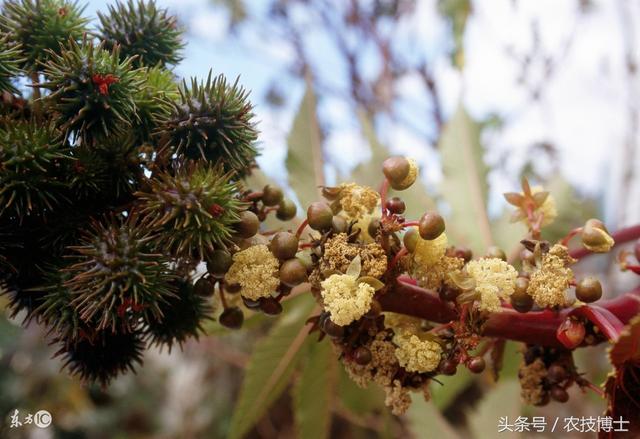
Castor has strong adaptability, drought and barren tolerance, and the requirements for production conditions are not strict, but in order to obtain high yield, it is necessary to choose sandy loam soil with deep soil layer, loose texture, moderate acid and alkali and rich organic matter, and must not be planted on low-lying land and sticky yellow soil. After selecting the land, it is necessary to turn deeply (if planting in a large area must be deep ploughing in autumn), the general ploughing depth is about 30cm, irrigate the water before winter, and rake the land to preserve soil moisture. Castor is not strict with the previous stubble, but the stubble of leguminous and gramineous crops is better.
II. Fertilization
Adequate fertilization, castor needs more fertilizer, there must be enough nutrients to ensure a higher yield. The production of 50 kg castor seeds requires 3.5 kg of pure nitrogen, 2.8 kg of phosphorus and 3 kg of potassium. According to the fertilizer demand characteristics of castor, 2000 kg of high quality barnyard manure, 30 kg of diammonium phosphate, 15 kg of potassium sulfate or 25 kg of ternary compound fertilizer (N ∶ P ∶ Kraft 16 ∶ 16 ∶ 16) can be applied per mu.
III. Variety selection
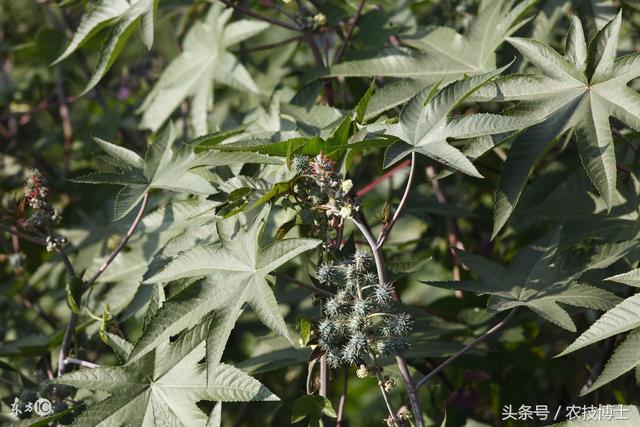
Zi Castor No. 5, Zi Castor No. 5, Jinxing No. 2, Fenfu No. 6, Jinluo No. 1, Jiaxiang No. 2 and Hangfu No. 8 are medium-mature varieties, which are the main varieties in Xinjiang at present.
IV. Sowing date and quantity
Seed selection and drying should be carried out before sowing in order to improve the germination rate of seeds. Before sowing, seed was mixed with 50% carbendazim wettable powder in the proportion of 0.5% of the seed quantity, which can prevent disease and protect seedlings. It is suitable to sow seeds when the average gas reaches 12-15 ℃ in mid-late April in northern Xinjiang. Sow as early as possible within the appropriate sowing time. When sowing, leveling the ground, ridging with an air suction seeder according to the row spacing of 80 cm, plant spacing of 60 cm, sowing depth of about 6 cm. In order to achieve a better weeding effect, the soil is usually treated with drugs before sowing. The main herbicides are amides, such as Acetochlor, (isopropyl) alachlor, diachlor, trifluralin, pendimethalin, paspalum and so on.
5. Planting density
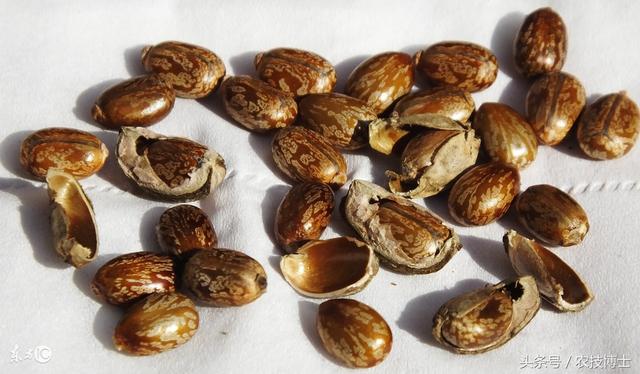
The planting density should be determined according to different varieties, climatic conditions, fertility level and cultivation techniques. At present, the density of varieties planted in northern Xinjiang should not be less than 15000 plants per hour, and the suitable plant density should be 22500-37500 hectare, which can be increased by using machine harvesting density.
VI. Field management
Castor should be checked in time after emergence, and transplanting or replanting should be carried out in time when it is found that the seedlings are missing.
The main results are as follows: (1) Interseedling and topdressing: when the seedlings grow 3-4 true leaves, remove the weak seedlings; set the seedlings when the plant height is about 20 cm, leave one strong seedling in each hole, and combine with ploughing and weeding. The compound fertilizer of nitrogen, phosphorus and potassium was applied once during the formation of flower ear to improve the fruiting rate. If the seedlings are fixed according to the planting density, the weak seedlings will affect the yield. Castor is a temperature-loving crop, early and middle tillage can increase the soil temperature, from seedling emergence to flowering, weeding and soil cultivation 2-3 times, the depth is 10-15 cm.
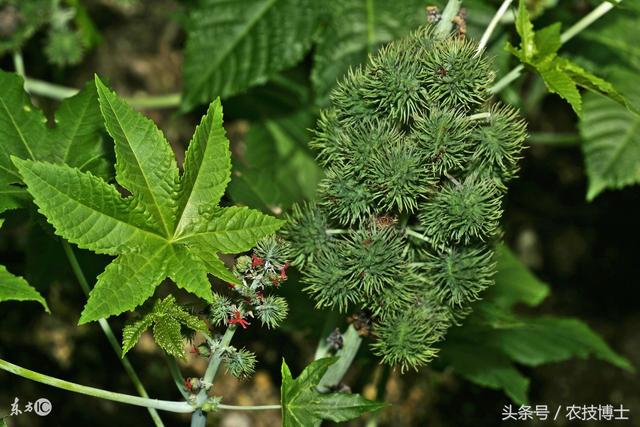
(2) pollination: in case of overcast and rainy weather in the peak flowering period, artificial pollination or shaking adjacent plants can be carried out to scatter pollen on another female flower to increase yield.
(3) drainage: Castor bogey stagnant water, stagnant water is easy to rot roots, so attention should be paid to drainage in the rainy season. Castor has the characteristics of tolerance to drought and waterlogging. When the soil moisture is sufficient, do not irrigate early, when the main ear is about to blossom, irrigate two water when the branch panicle blossoms, irrigate 2-3 water in clayey soil during the whole growth period, irrigate 4 water in sandy soil, and apply 150 kg/h of urea and diammonium phosphate before irrigation. Overgrowth can be controlled by spraying once before and after watering. Castor has unlimited growth habits. Pruning and branching in time can concentrate nutrients to the ear, improve ventilation and light transmission, reduce flower and fruit drop, increase fruit setting rate and increase yield. Pruning can generally be divided into two times, the first time is after the budding of the main stem, leaving 2-3 stout branches as the first branch, the rest of the branches are removed. For the second time, about 40 days before the first frost, all the growing points of each branch were knocked out to prevent the ineffective consumption of nutrients, so that nutrients were concentrated to supply to the ear, promote its grain filling and mature, and increase the 1000-grain weight.
VII. Harvest
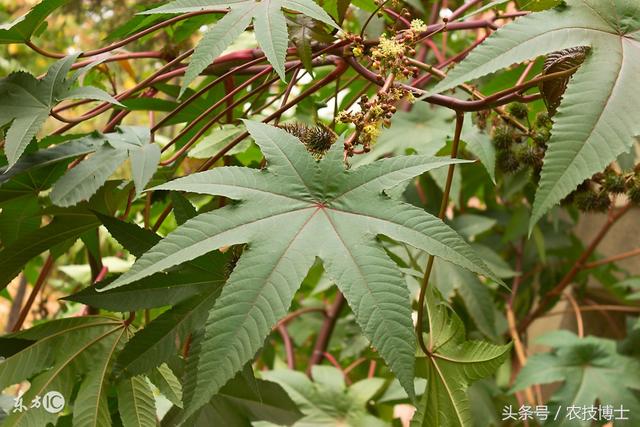
The ripening period of castor ear and capsule is different, and the ripening time of each ear is 15-20 days, which needs to be carried out in batches because of harvest. The harvest standard is: 80% of the capsule on the ear can be harvested when it is yellowish brown. The harvest method is to pick up the cotton cloth bag, comb the capsule from the base to the top of the ear with gloves, then put it into the sack and transport it centrally and cool in time. According to practice, each person can harvest more than 1300 tons per day. After the capsule is dried in the sun, it is removed at once with a shelling machine. When the water content is less than 9%, it can be bagged and put into storage.
[conclusion] Castor is a thermophilic plant, which has strong acid-base adaptability and is not resistant to frost, so special attention should be paid to it in the process of planting.
- Prev
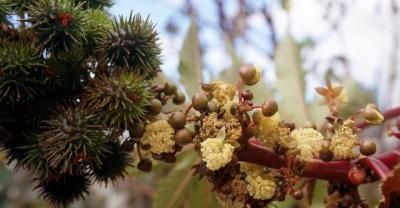
Jujube cultivation techniques Climatic conditions for jujube planting
Jujube has a strong ability to adapt to climate and soil. The lowest temperature in winter is not lower than-31 ℃, and the daily average of flowering is above 22-24 ℃.
- Next

The old farmers in the countryside teach you to plant carnation flowers by hand.
Carnation flower, alias: Chinese carnation, Luoyang carnation, chrysanthemum, embroidered bamboo, carnation. Let's talk about the nursing temperature of flowers: the growth temperature is 7-20 degrees.
Related
- Fuxing push coffee new agricultural production and marketing class: lack of small-scale processing plants
- Jujube rice field leisure farm deep ploughing Yilan for five years to create a space for organic food and play
- Nongyu Farm-A trial of organic papaya for brave women with advanced technology
- Four points for attention in the prevention and control of diseases and insect pests of edible fungi
- How to add nutrient solution to Edible Fungi
- Is there any good way to control edible fungus mites?
- Open Inoculation Technology of Edible Fungi
- Is there any clever way to use fertilizer for edible fungus in winter?
- What agents are used to kill the pathogens of edible fungi in the mushroom shed?
- Rapid drying of Edible Fungi

